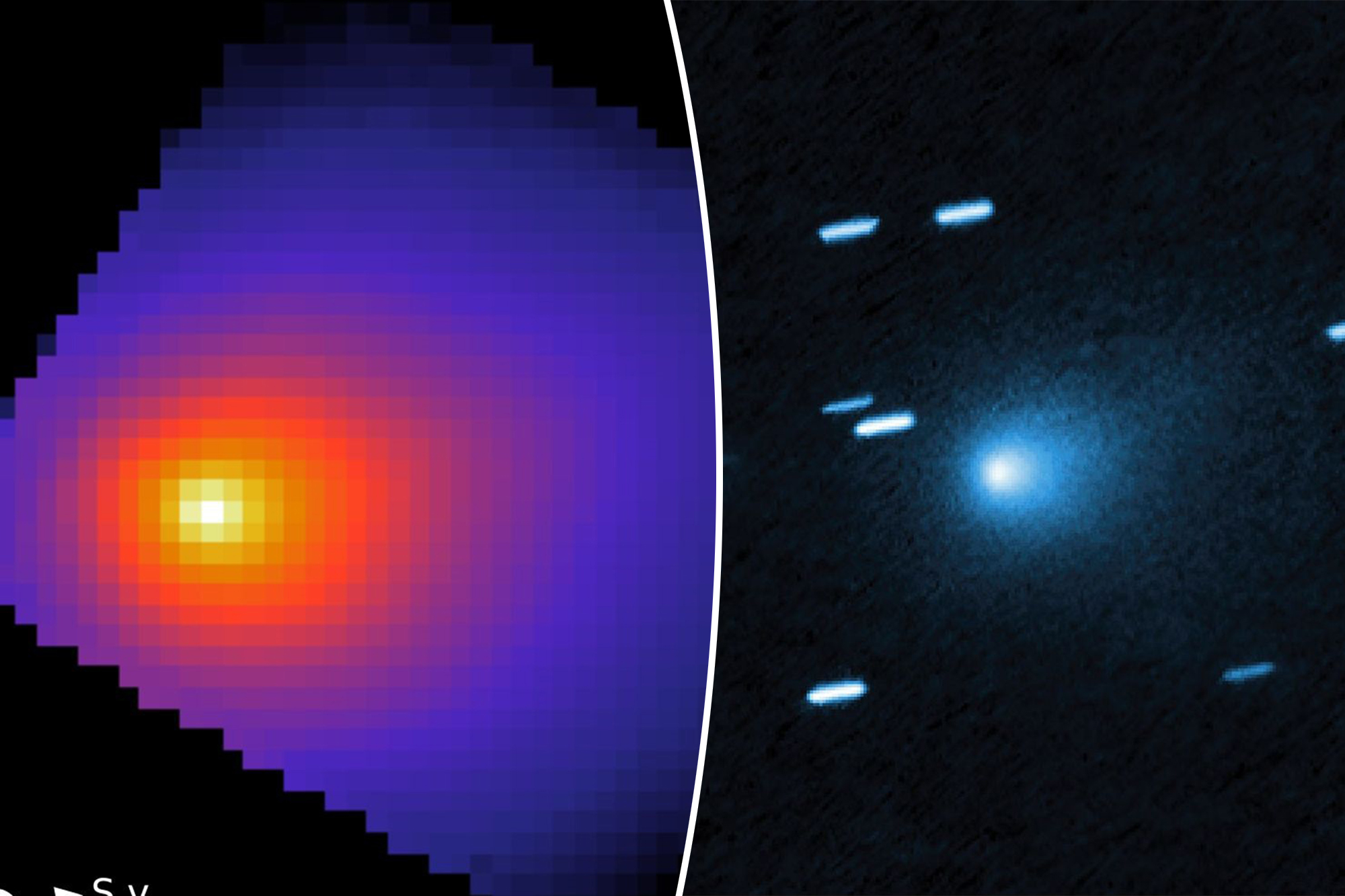NASA’s International Asteroid Warning Network (IAWN) has initiated an emergency defense probe in response to the unusual behavior of the interstellar object known as 3I/ATLAS. This object, estimated to be the size of Manhattan, has raised significant concerns among scientists, particularly regarding its potential implications for humanity. Harvard astrophysicist Avi Loeb, who first identified the object in July 2023, has suggested that it could be a “Trojan horse” of extraterrestrial origin.
Loeb highlighted the object’s extraordinary size, estimating it could weigh approximately 33 billion tons, based on data from the James Webb Space Telescope. He stated, “It’s at least a thousand times more massive than the previous interstellar objects we’ve seen.” His comments raise questions about the object’s origin and the reasons for its trajectory into our solar system, especially given that prior interstellar visitors have been much smaller.
The notion of 3I/ATLAS as a potential “black swan event” was introduced by Loeb, referring to a highly impactful occurrence that is difficult to anticipate yet appears obvious in retrospect. He cautioned that while the comet might initially seem harmless, it could harbor unknown risks, similar to a “blind date” where the true nature of the encounter remains uncertain.
Currently, NASA maintains that 3I/ATLAS does not pose a threat to Earth. Nevertheless, the IAWN is intensifying monitoring efforts to better understand this enigmatic object. From November 27, 2025, to January 27, 2026, IAWN plans to conduct a “comet campaign” aimed at refining techniques to accurately pinpoint ATLAS’s location. These efforts were prompted by the object’s aberrant behavior, which diverges from typical comet patterns.
Among its peculiar characteristics is the presence of an anti-tail, a jet of particles that points toward the sun rather than away from it. Additionally, observations indicate that ATLAS is expelling a plume of four grams of nickel per second without any detectable iron—a phenomenon not previously recorded in comets. Loeb noted that nickel tetracarbonyl, the alloy in question, has only been observed in human manufacturing.
Concerns about ATLAS extend beyond its composition to its non-gravitational acceleration and its anomalous trajectory, which brings it suspiciously close to planets such as Jupiter, Venus, and Mars. In a paper published in July, Loeb postulated that these factors could suggest the object is an alien probe sent to observe Earth, potentially with hostile intentions. “The hypothesis in question is that [3I/ATLAS] is a technological artifact, and furthermore has active intelligence,” he wrote.
As 3I/ATLAS approaches the Sun, it is expected to become increasingly difficult to observe. Loeb theorized that if the object operates as a massive mothership, it may utilize solar gravity to adjust its speed and direction, eventually exiting the solar system altogether. “If 3I/ATLAS is a massive mothership, it will likely continue along its original gravitational path,” Loeb elaborated in a recent blog post.
The ongoing investigation into 3I/ATLAS underscores the need for ongoing vigilance and preparedness as scientists work to unravel the mysteries surrounding this extraordinary interstellar visitor.






